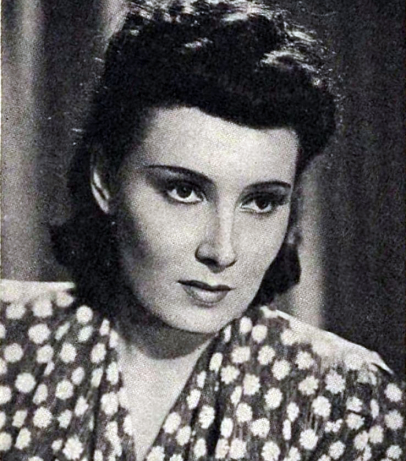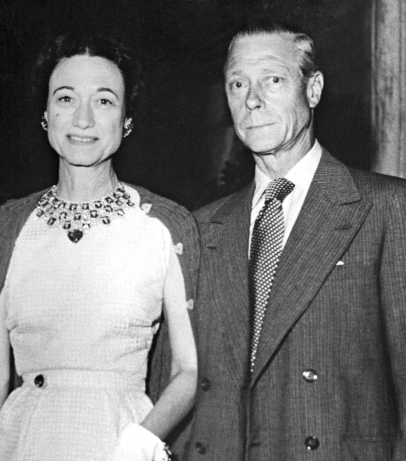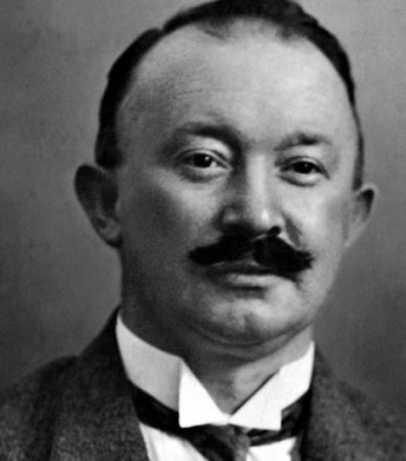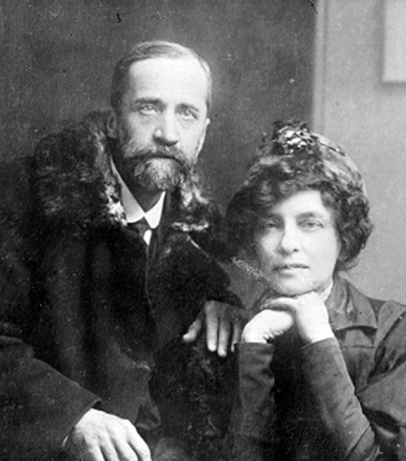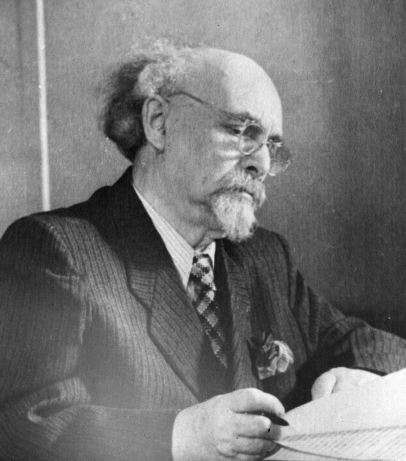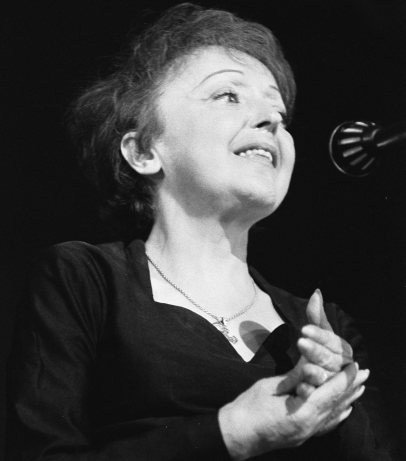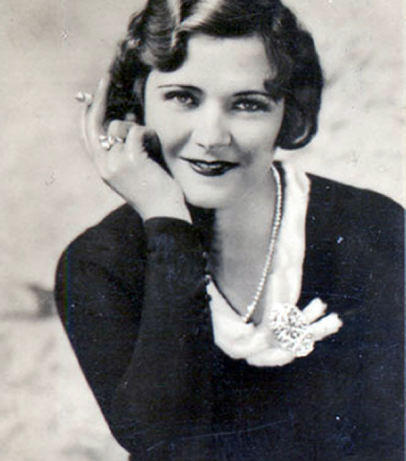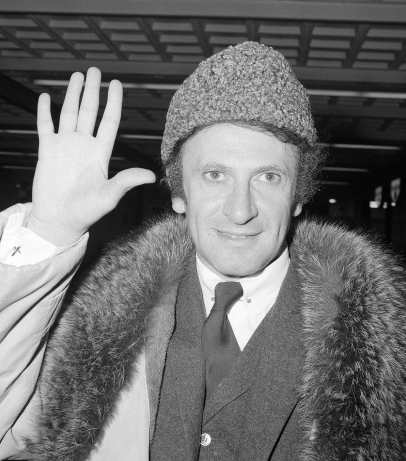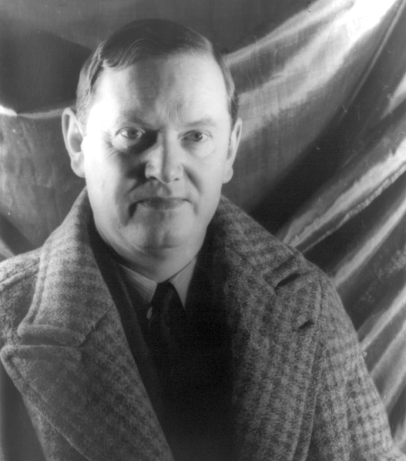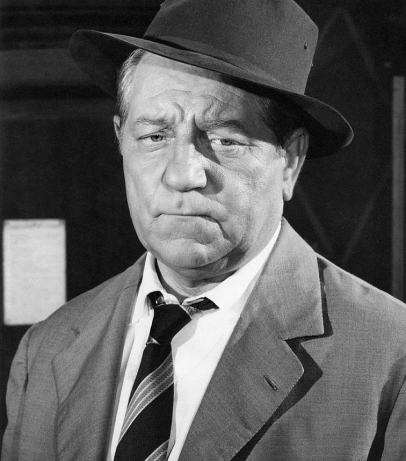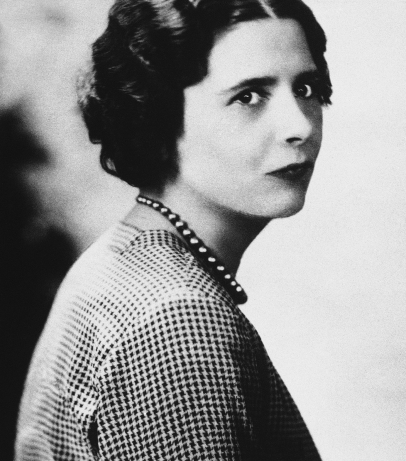On 20 June in Paris representatives of the "Big Four" (France, the USSR, USA, and Great Britain) signed an agreement on the withdrawal of troops from Italy within 90 days. According to the agreements, the Soviet Union undertook to withdraw its troops from Bulgaria. However, Soviet troops stayed in Bulgaria until 1947, while an American contingent remains in Italy to this day.
With the rise of the Cold War, the number of US and Soviet troops in Europe consequently increased. After the outbreak, Europe was regarded as a new theatre of military operations between the countries of NATO and the Warsaw Pact. Between 1950 and 1953, US troops in Germany numbered anywhere from between 250,000 to 1 million. It was only with the end of the Cold War that the number of American troops was drastically reduced to 105,000 in 1993. By 2000, 69,000 American soldiers remained in Germany.
A similar situation occurred in other European countries. In the 1950s, France hosted 50,000 US troops, while by the mid-1960s no more than 100 American soldiers remained there, with most of them guarding the American Embassy. After 1991, tens of thousands of US soldiers left Britain.
The number of personnel in the American units in Italy reached 12,000 and did not change much. In the 1970s and 1980s, about 9,000 American soldiers arrived in Spain, and only after 1989 was their number reduced to 2,000. After 1991, the presence of US troops was reduced by more than half in Portugal, Iceland, Greece, and the Netherlands.
The presence of Soviet military units in Germany and Eastern Europe began to decrease in 1988. The full withdrawal of Soviet troops occurred in 1994.
Source:
Vitaly Feskov, Konstantin Kalashnikov, Valery Golikov. Soviet Army during the Cold War (1945–1991) – Tomsk: Tomsk University Publishing House, 2004.







